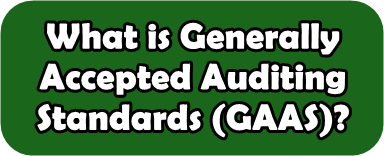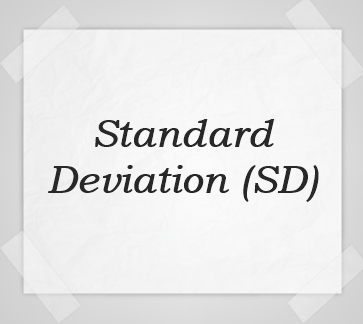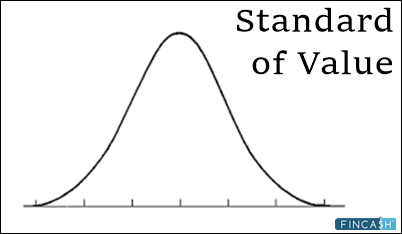
Table of Contents
Generally Accepted Auditing Standards (GAAS)
What is Generally Accepted Auditing Standards?
GAAS or Generally Accepted Auditing Standards meaning refers to the rules and guidelines an auditor is supposed to follow when auditing the financial statements and accounts of a company. It is mandatory for each auditor to take these set of guidelines into consideration when auditing the financial statements and Accounting records.

Generally Accepted Auditing Standards are designed to ensure accuracy and Efficiency in auditing.
An Overview of GAAS
SEC (Securities and Exchange Commission) has made it mandatory for all companies to get their financial statements reviewed and audited by an independent auditor. Now, these auditors are supposed to check the financial records according to Generally Accepted Auditing Standards. GAAS and GAAP are two different concepts. The latter involves a set of standards a company is supposed to follow when creating their financial statements. Banks, credit unions, and even investors check the financial records of the company before accepting their proposal. GAAP ensures that the financial record of the company is accurate.
Introduced by ASB (Auditing Standard Board), GAAS is used to measure the accuracy of the financial records. With that being said, it is the responsibility of the auditors to review the financial records and conduct auditing according to the ASB guidelines. Basically, they are responsible for determining if the public or private company follows Generally Accepted Auditing Principles (GAAP) when preparing the financial statements.
Talk to our investment specialist
GAAS Standards and Requirements
GAAS is categorized into 10 different standards. The main requirements for Generally Accepted Auditing Standards include:
- The companies need to hire an auditor, who has technical expertise and knowledge of this Industry. They must have experience in conducting a financial audit for private and public companies.
- The auditor has to perform audit carefully. They must consider all the figures and create an accurate report.
- Companies have to work with an independent auditor.
It is important for an auditor to analyze the internal working environment before crafting the auditor’s report. Even if the company follows GAAP, there is a chance they might omit certain details or present wrong information. It is the auditor’s responsibility to detect the misstatements. Whether the company does it intentionally or it happens due to a manual error, the auditor needs to study the financial statements and analyze them properly to avoid misstatements. As mentioned before, companies have to comply with Generally Accepted accounting principles (GAAP) when presenting the financial records.
Now, the auditor has to check these reports and mention whether the company has complied with GAAP or not. These details are to be mentioned clearly in the auditor’s report. The auditor needs to mention any inaccuracy or false information they detect in the company’s financial statements. They also have a right to mention an opinion concerning the company’s financial records or leave this section blank. If the auditor has not mentioned an opinion, they have to express the reason for it in the report. Besides, they have to state their role and responsibilities in the report. This is used as evidence that the auditor has verified the financial statements of the company.
All efforts have been made to ensure the information provided here is accurate. However, no guarantees are made regarding correctness of data. Please verify with scheme information document before making any investment.












